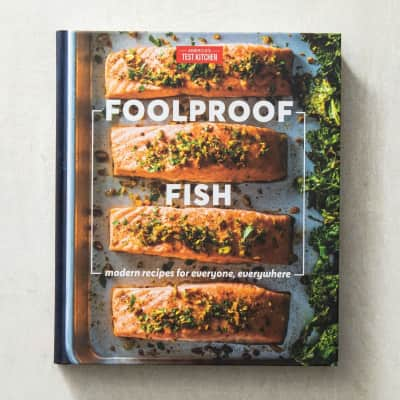If mussels aren’t yet your go-to at the seafood counter, they should be.
We Really Love Mussels. Here’s Why You Should Too.
Published Aug. 22, 2023.

In fact, they’re one of the worthiest forms of shellfish you can buy.
Unlike oysters or scallops, they’re highly affordable. Unlike shrimp or clams, there’s no messy deveining or removal of grit and dirt. Mussels are also fast and easy to cook and they taste delicious, with tender, sweet flesh and a briny, built-in broth.
Not only that, they’re incredibly versatile, pairing well with all sorts of flavors and ingredients. And did we mention that they’re exceptionally sustainable?
Read on to learn more about why mussels deserve a place of honor at your table.
Sign up for the Cook's Insider newsletter
The latest recipes, tips, and tricks, plus behind-the-scenes stories from the Cook's Illustrated team.
What Are Mussels?
Mussels are a bivalve mollusk, meaning their soft meat is contained within a two-part hinged outer shell (much like scallops or oysters).
They can be freshwater or saltwater, though most widely available mussels are saltwater.
7 Good Things to Know About Mussels
1. They require almost no prep. Most mussels are cultivated on long ropes suspended from rafts, which leaves them free of sand and grit. In general, all they need is a quick rinse under the tap.
2. They cook in minutes. This makes them perfect for weeknight dinners, impromptu get-togethers, or even low-fuss dinner parties. Whether you’re steaming them in white wine or simmering them in a spicy tomato sauce, mussels can be the star of a dish in no time.
3. They’re easy on the wallet. A 2-pound bag from a national retailer—which can easily serve four when combined with pasta or bread for dipping—typically costs under $8.
4. They’re environmentally friendly. Unlike other farmed seafood (such as salmon or shrimp), mussels are entirely reliant on organic matter and phytoplankton found in the water. They may even improve water quality by acting as a filter. The Monterey Bay Aquarium’s Seafood Watch program calls them a “Best Choice” for environmental sustainability.
5. It’s easy to tell when they’re fresh. A live mussel will smell pleasantly briny. If open, its shell should close when lightly tapped (give it a moment; some mussels take longer than others to clam up). A dead mussel deteriorates rapidly and will smell almost immediately. Discard any mussel with a cracked or broken shell or a shell that won’t close.
6. You can store mussels for up to three days. As soon as you bring them home, place them in a bowl, cover it with a wet paper towel, and store it in the fridge.
7. Unopened cooked mussels needn’t be discarded. A mussel that’s closed after cooking isn’t unfit to eat. It’s a sign that the mussel needs more cooking. To open a reluctant mussel, microwave it briefly (30 seconds or so).
Foolproof Fish
Want to broaden your seafood scope? No matter what you buy from the fish counter, this award-winning book will teach you how to cook it.How to Buy Mussels
The two main varieties of mussels you’ll see at the store are the Atlantic blue mussel and the Pacific green-lipped (also called New Zealand) mussel.
These mussels are interchangeable in cooking, though the green-lipped mussels can be slightly chewier. You will typically find them sold in netting or by weight.
What Do Mussels Taste Like?
Mussels are sweet and tender with a lightly briny flavor. Because of their subtle taste, they are the perfect candidate to take on the flavor of whatever you cook them in. (Plus, their shells act like little receptacles for blending their own built-in broth with the flavors of the cooking liquid.)
Try them pickled; in pasta with ’nduja cream sauce; or oven-steamed with cider and bacon, white wine and tarragon, or leeks and Pernod.

